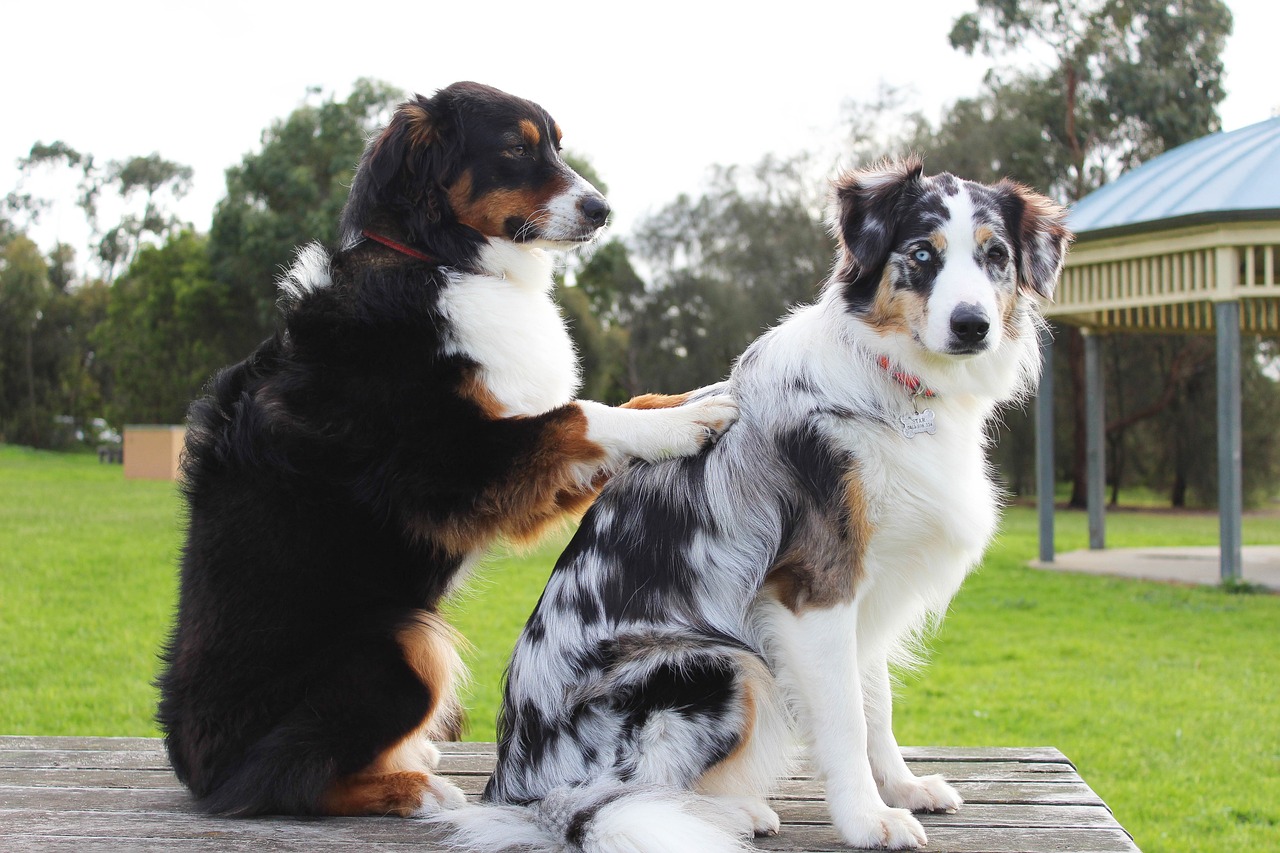
Massage therapy has been linked to a variety of health benefits for people. These include reduced pain, lower blood pressure, and stress reduction. Can cats and dogs also benefit from being touched? Although research on the subject is still limited, veterinary professionals say that it’s possible.
You should always work with a certified veterinarian massage therapist, but your pet can also benefit from an at-home gentle massage. Find out how you can give your dog or cat a gentle massage.
What Cats and Dogs Can Benefit From Massage
There aren’t many scientific studies that confirm the benefits of massage for animals. However, veterinary professionals still advocate it.
The benefits seen in humans are expected to occur with [pets] as well, says Dr. Robin Downing is the hospital director of The Downing Center for Animal Pain Management, located in Windsor, Colorado.
Trish Houser is a certified canine masseuse and owner of Smiling Dog Pet Services, Anchorage, Alaska. Massage is beneficial for older animals with pain due to inflammation, dysplastic issues and arthritic conditions.
Stacy Litzky is a certified canine massage practitioner and the owner of South Paw Massage and Wellness, Vero Beach in Florida. It helps reduce blood pressure and tension in dogs, calm the nervous systems, and boost the immune system.
Houser says that you’ll strengthen your relationship and become more aware of any problems. She says that, for example, “you might feel a lump or soreness on your body you hadn’t noticed before you massaged it.”
Getting Started
Houser suggests starting with an animal that is relatively relaxed. Choose a moment when your animal is relaxed. Houser says that you should not massage your dog after an intense play session. Instead, allow him to relax as much as possible prior to beginning.
Massage should also be done on your pet’s terms. Amber Lane of Olympic Haven in Denver, Colorado, says that your session may last from 10 minutes to one hour. However, ultimately, your dog will tell you when it’s enough.
Find a comfortable, quiet area of your house. Lane suggests placing a yoga mat or towel on the ground to provide comfort. Pet massage music is my favorite way to provide immediate comfort for both owners and pets.
Let your cat or dog decide which position they feel most comfortable in. The cat or dog may choose to sit down, lay down, or stand up. Houser says, “This is meant to be a relaxing and enjoyable experience. Don’t put pressure on them.”
Experts recommend that you avoid complicated massage techniques such as acupressure or range-of-motion therapy unless you are trained. Instead, focus on the basics. Check with your vet before massaging your pet, particularly if it has any health problems.
Houser says that you should not massage an animal who has a severe infection, a high fever, or is in shock. You should also avoid massaging a dog that has a bacterial infection or fungal condition because massages can worsen the problem.
Animals are also experts in masking their pain. Recognizing the symptoms is essential.
Dogs that are in pain tend to be more depressed, and less active. When touched, they may limp or scream in pain. Houser says that they may not be eating as much, and act anxious or agitated. They might pace or show other restless behaviors.
Call your vet instead of massaging your pet if you think it is suffering from new symptoms that have not been diagnosed (including pain).
What to do when you want to give your pet a massage
Massage your cat with gentle touches.
“Cats prefer a gentler massage.” Rachael Davi, a certified canine masseuse, and registered veterinary technologist at Georgia Veterinary Rehabilitation, Fitness, and Pain Management, says that cats have to follow their own schedule. I think cats can be just as receptive to massage therapy as dogs. But their personalities often prevent them from doing so.
Lane suggests that you begin the massage by using slow, gentle strokes to release tension along your pet’s body, while keeping in mind its size. (Use smaller motions for small pets and larger ones for larger animals). She says to not forget the head, ears, face and neck. Use soft circular movements around the muzzle.
Houser advises: “Use broad, gentle strokes to massage his back quarters, and then gently squeeze his legs. Be extra careful on the bony parts and on the backs, where there are sensitive hairs that could cause irritation when brushed in the wrong direction.”
If your pet loves to be groomed, you can include brushing and combing in your massage. However, avoid using other products.
Houser says that products aren’t necessary to massage. However, some essential oils can be toxic for pets. Talk to your veterinarian about the best oils for you, and how to apply them.
Take note of your pet’s reaction to determine if they are enjoying the massage. Lane says that your companion could be asleep because he is so relaxed.
They may also sigh or grunt. She says that these are signs your pet will benefit from being touched.
Houser suggests that your pet receives a gentle massage every time it needs to, whereas intensive massages are more frequent.
She says that passive-touch massages [using light pressure] can be used as many times as necessary over an animal’s life. The deeper muscle massages are less frequent and will only be done once or twice per week, depending on the problem, under the guidance of a veterinary practitioner or massage therapist to avoid overworking the muscles or damaging soft tissue.